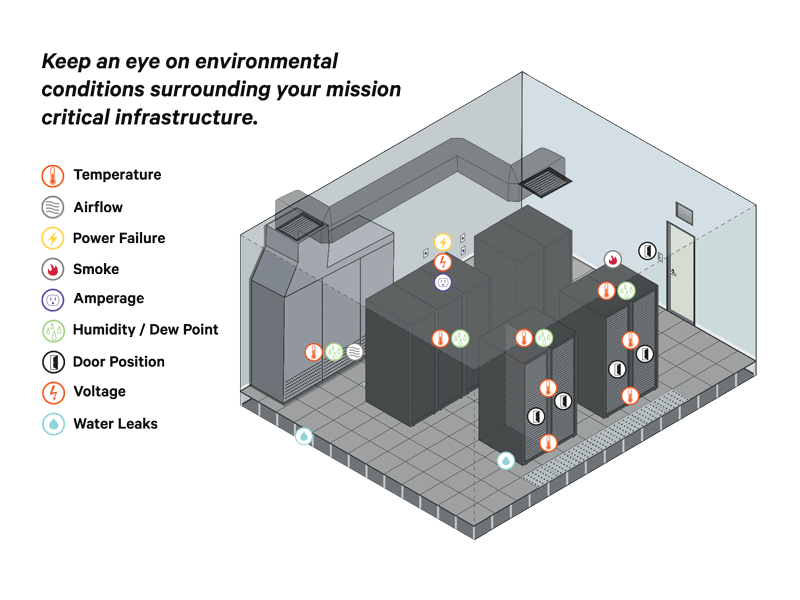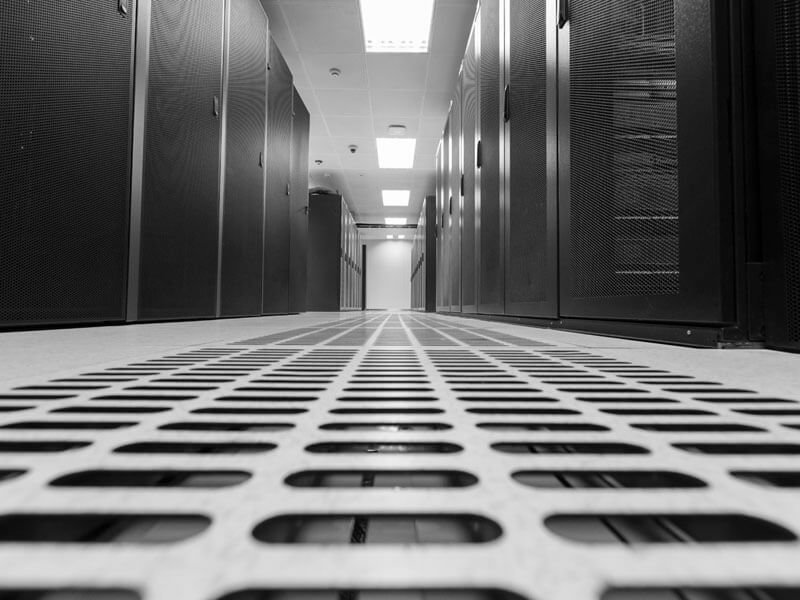The server rack you recommend has a significant impact on your customer's deployment and can mean the difference between peace of mind and sleepless nights. We teamed up with Spiceworks for a live discussion on this topic in an On the Air Podcast and heard from IT pros across the country. Below is a list of helpful tips from IT pros for discussions on your customer's infrastructure.
Problem: No designated space for IT equipment.
Many companies need to create server rooms but often encounter space constraints. Here's what can be done to address this:
Solution:
- Identify immediate goals and implement solutions to meet those needs.
- Don't over-do capacity right off the bat - make it easy for your customers to scale over time.
Problem: Office building is set up with incorrect airflow.
An effective airflow setup is essential, even if it is just a couple of racks or in a small space.
Solution:
- Make sure your customer's rack room is heat neutral. There are many ways to do this - a simple one is to suggest opening the back of the rack.
- Self-contained environmental control racks are a cost-effective way to cool when customers don't have to change anything in the room. It will not give off any heat around the rack, but it will have some sound, so keep that in mind.
Bonus: If time and budget allow, a cooling study will help in airflow setup.
- CFD modeling will help see what airflow is like in the room and where the heat is leaving your racks. Based on the results, you can recommend the type of rack or airflow improvements.
Problem: Monitoring options are overwhelming, what is important?
The type of monitoring should ultimately be based on the needs and space your customer has.
Solution:
- Your customer can use monitoring sensors to monitor multiple places on the rack. See the image below for typical monitoring locations for equipment in a data center.
- Some customers prefer remote monitoring through software, which allows them to aggregate the data of multiple devices. Functionality of software can range, so getting an understanding of your customer's budget and need for customization should help point you in the right direction.
- You should also see which options come with the existing equipment. Many products that are 'networked' will include a web-based interface or GUI to monitor critical details of the equipment.

Problem: Environmental factors are complicating set up.
When selecting a rack, keep in mind where it will be used.
Solution:
- If your customer is in an earthquake zone, follow local regulations, to keep your customer's area safe. They might want to brace the rack to the floor, but there are levels of safety and usability to consider based on the environmental factors at play in their region..
- If the rack is used on a production floor or in another open space, consider a self-contained unit. These are ideal for a production floor where particles could get into an exposed rack. Another option is to build a separate server room, but time and budget will become a factor.




